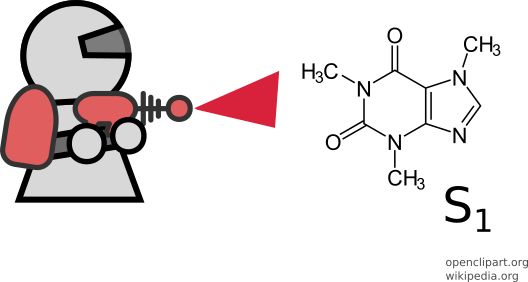Back in July (2018), our paper on molecular dissociation, size consistency, and fractional charges, was published in the Journal of Chemical Physics. https://aip.scitation.org/doi/pdf/10.1063/1.5038557
This work introduces our new family of theories, locally coupled open subsystems (LCOS), which is initially intended as a set of electronic structure methods that can lead to controllability of the computational scaling of quantum chemical calculations. A common problem with standard DFT calculations is that electrons/holes usually are delocalized when a single molecule (or more) interacts with a surface that is subject to a bias. A way to resolve this problem is to couple the molecule to the surface in such a way that one can perform separate DFT calculations on the molecule and surface, and then one can introduce another DFT method for the coupling, so the fragments exchange energy and electron charge. This is advantageous from fundamental and computational perspectives. The theory is flexible, and has a good number of potential applications in chemistry and physics.
In our most recent paper, https://journals.aps.org/pra/abstract/10.1103/PhysRevA.98.062505, the full formalism is described. This work includes the possibility of using correlated wave function methods instead of DFT to describe the electronic structure of the molecule and the surface, for instance. The paper also presents the formalism to ensure the spin symmetry of the whole system is preserved, and a way to perform time-dependent propagation of the state of the entire system: The electronic occupations of the fragments can now be obtained as a function of time, meaning that we can let the nuclei evolve as well and/or apply an external field and track the flow of energy and electrons. An important point of the LCOS work is that the computational implementation is simple. The DFT version of LCOS, for example, uses local potentials and density functionals in such a way that computing the charge and energy transferred between the molecule and the surface is not difficult to obtain; LCOS in this context uses ensemble DFT, which features the needed derivative discontinuities!. The next step I am working on is centered on implementing LCOS and applying it to problems where common DFT methods have trouble. The implementation (within NWChem) mostly consists of managing pieces of established code, and using these pieces to make (models of) molecules interact accordingly to the theory. (Update 01/30/19: It’s cold in Chicago!, -20F. Although this is optional, I found several ways to compute the lambda value, or matrix. The implementation will also help in this direction. Update 10/04/19: manuscript under preparation)

